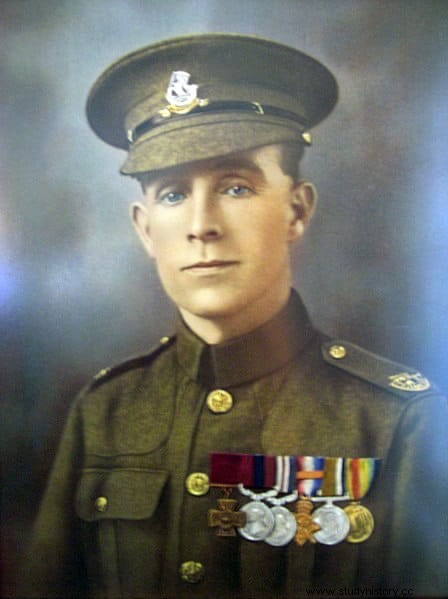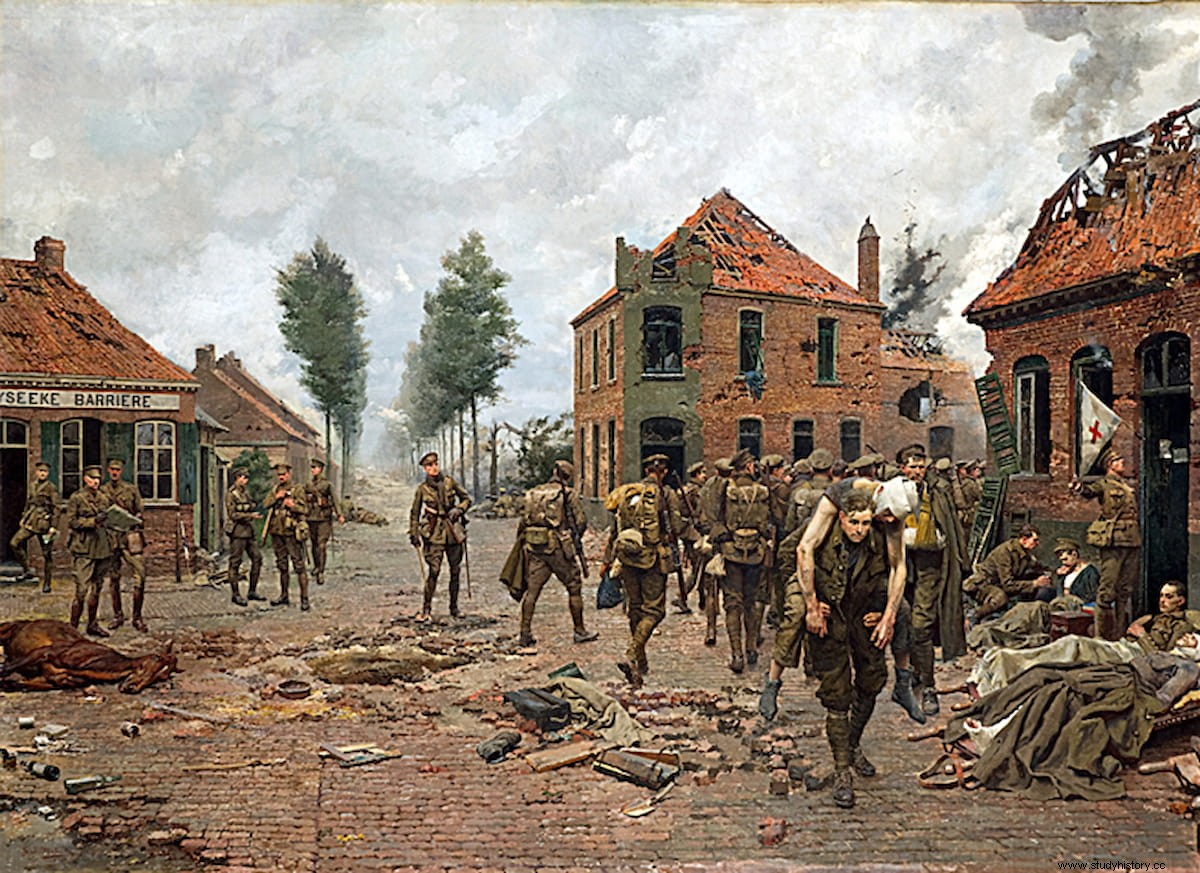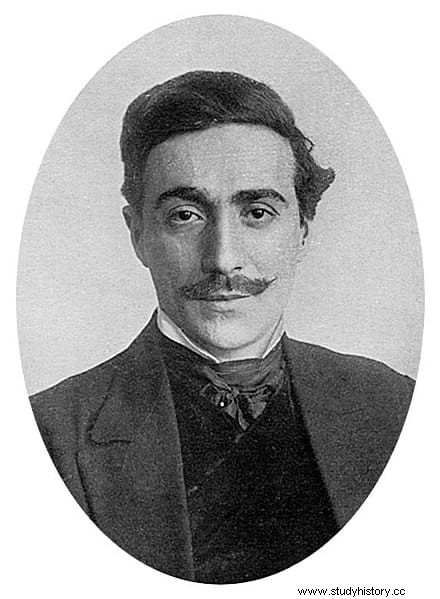There is a curious story about a British soldier and I meet him with Adolf Hitler on the battlefield during the First World War. It is curious because, from the available documentation (mainly press articles and correspondence) two things can be deduced:that both were convinced of having had that meeting; and that the encounter really took place.
However, there is no evidence to prove that it happened, so today it tends to be considered an urban legend. Let's see what is believed to have happened, or what they thought had happened.

Henry Tandey was the name of the British soldier, significantly the most decorated in his country during the Great War. He was wounded several times at the front, but he always returned and distinguished himself by leading the capture of several German trenches while also avoiding capture using only a bayonet.
September 28, 1918 is the day our story happened. Tandey, then 27, and Hitler were both entrenched near the French town of Marcoing when the battle broke out. The men came out of their trenches and began to advance against each other. Luck turned to the British side, who soon managed to chase the Germans back to their trenches.
At one point, Tandey later recounted, he could see a German soldier step into his line of fire. They were so close that they could even look into each other's eyes. The German was wounded and was not even able to raise his rifle to defend himself. Tandey thought for a moment, then finally lowered his rifle. The other nodded his thanks and began to retreat.
Twenty years later Neville Chamberlain, the British Prime Minister, visited Hitler in Munich to sign the infamous agreements approving the incorporation of the Sudetenland into Germany, in an attempt to prevent another war. Invited to his private residence in Berchtesgaden, Chamberlain would tell how he was amazed to see a painting on one of the walls that represented a scene from the Battle of Ypres in 1914.
The painting in question was the work of Fortunino Matania, an Italian painter famous for his realistic depictions of the First World War. It featured the British regiment of the Green Howards and, in the foreground, Henry Tandey appeared carrying a wounded comrade on his shoulders. He had been commissioned to Matania in 1925 by the officers of the regiment.

Hitler then told the intrigued Chamberlein the story of meeting him at Marcoing, and how, having recognized Tandey from the painting's publication in the press, he requested a copy of it in 1937 from Green Howards
This point is reflected in surviving correspondence from Hitler's aide at the time, Captain Weidmann.
Hitler asked Chamberlain to personally convey his thanks to Tandey, something he did on his return to the UK by phone call, recalls William Whateley, Tandey's nephew, who would have been present at the time of the conversation. 
In 1940, Tandey, who lived in the bombed and punished Coventry, regretted in the press that he had left that soldier alive more than two decades ago.
Eye, it is possible that Tandey spared the life of a German in Marcoing. It is also possible that Hitler was spared his life by a Briton in Marcoing. But what there is no proof or evidence of is that both stories are the same.
Tandey never mentioned the matter in the first place until the story began to take shape in 1938. And how was it possible that Hitler recognized Tandey after 20 years, whom he had surely only seen for a moment in the smoke and confusion of the night? battle? Some authors attribute the creation of the legend to Hitler himself, but to what end?.
Surely we will never have the answer to all these questions. Tandey died on December 20, 1977, outliving Hitler by more than three decades.
